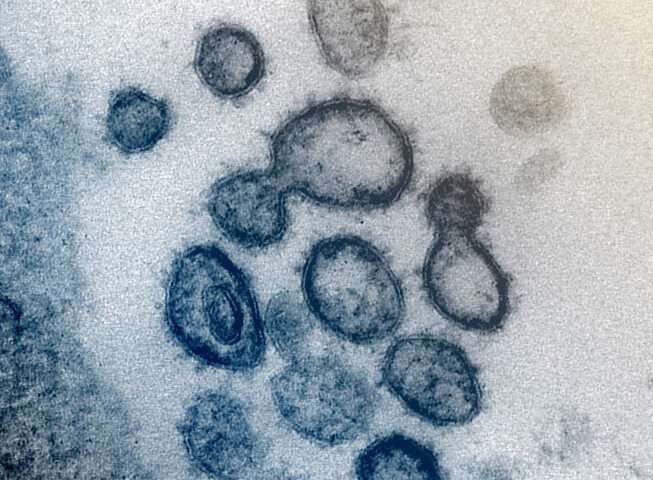
A scientific group led by Skoltech Professor Evgeny Nikolaev, corresponding member of the Russian Academy of Sciences, has developed a coronavirus testing technology based on mass spectrometry. The new method provides for quick detection of viral proteins in swab samples from the nasopharynx, sputum and mouthwashes. It can form the basis of a platform for rapid screening of the population for coronavirus infection. The technology description is published in the bioRxiv electronic scientific library.
Every day, tens of thousands of coronavirus tests are conducted around the world. Rapid and accurate population testing is one of the main ways to control the epidemiological situation. The standard method is based on polymerase chain reaction (PCR), which detects the presence of viral RNA in a sample by propagating its number in the sample to the detection threshold. Though it is generally available and widespread, this method is relatively slow and leads to a significant percentage of false-negative test results.
Mass spectrometry is the most informative modern technology for the analysis of molecular substances, including complex multicomponent mixtures. In mass spectrometers, substances are ionized and their mass is measured using electric and magnetic fields. In medicine, mass spectrometry is used, in particular, in biochemical analysis to identify and determine the amount of proteins, lipids of metabolites and other chemical compounds in physiological fluids and body tissues. Skoltech researchers, working together with the colleagues from Kulakov Scientific Center for Obstetrics, Gynecology and Perinatology and Russian Academy of Sciences, have discovered how to detect and identify proteins that are part of a viral particle and that are unique, found only in this type of virus. Mass spectrometry methods can simultaneously analyze hundreds of saliva and smear samples from the surface of the nasopharynx, as well as sputum, for the virus presence.
This method has absolute selectivity and high sensitivity, and its use will reduce the number of false-negative results and determine the presence of coronavirus even at very low initial concentrations in the samples.
Source: Read Full Article